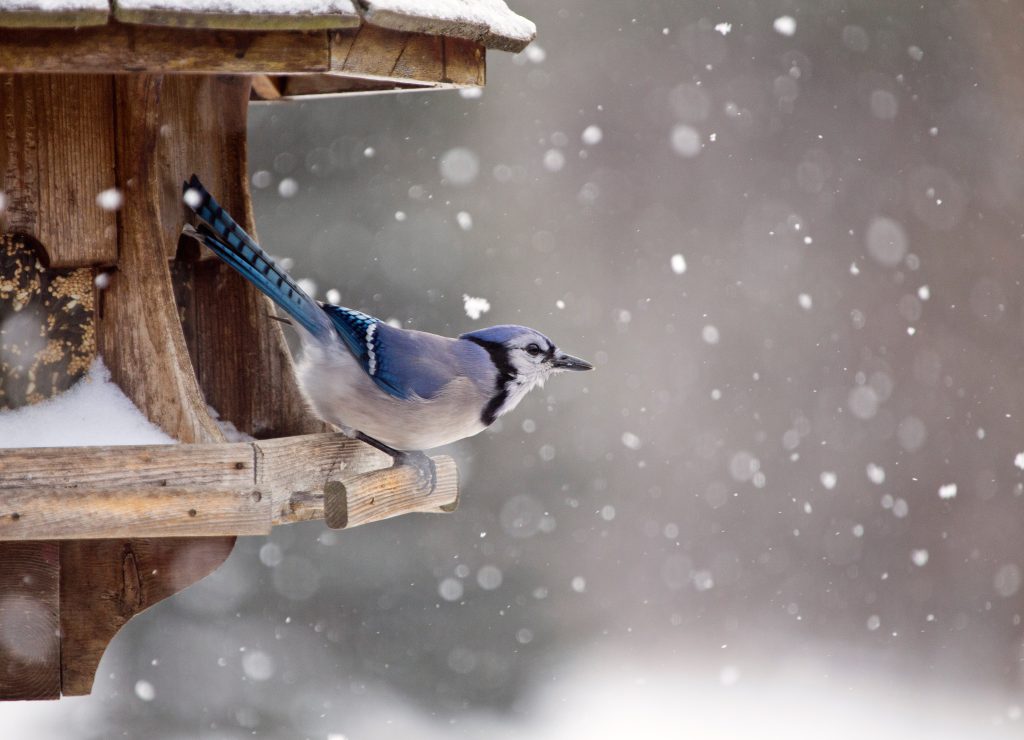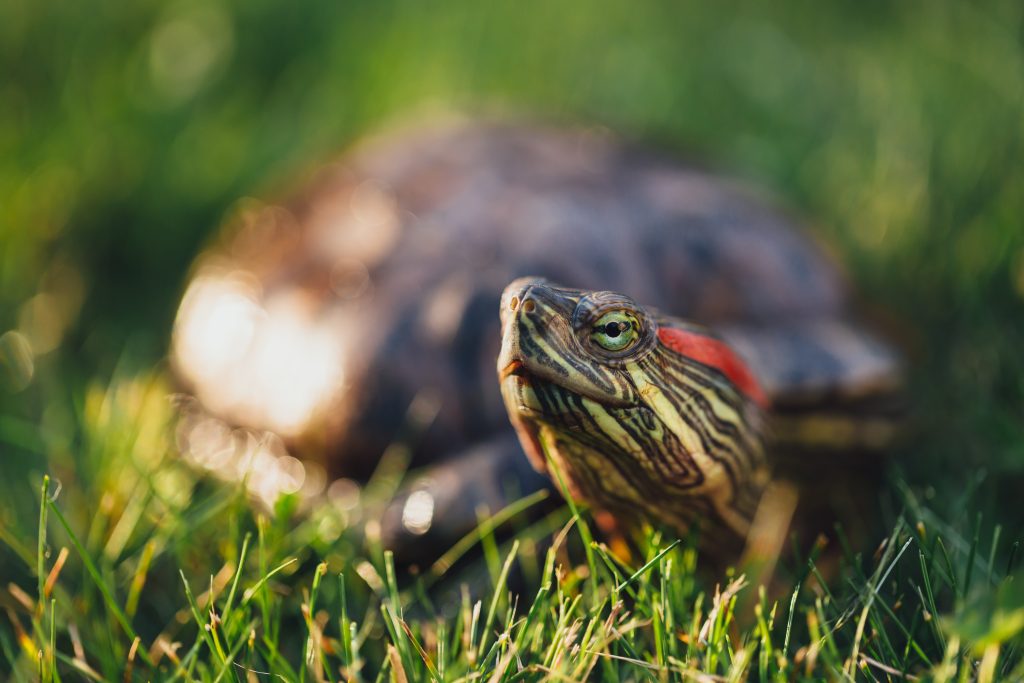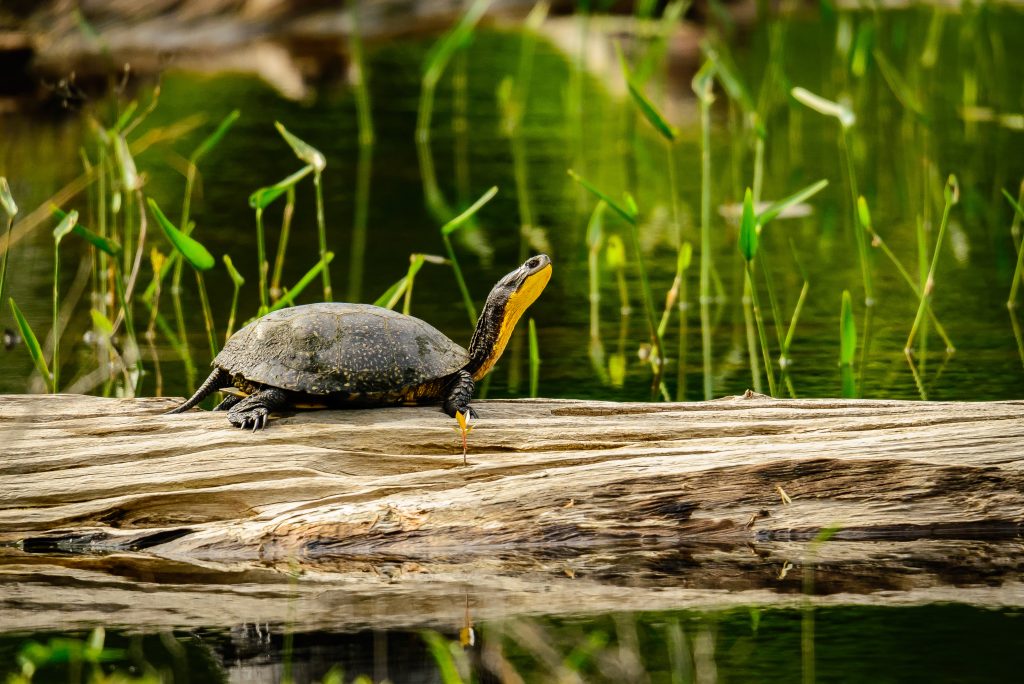As winter blankets Ontario in snow and ice, many bird species struggle to find food, especially when natural sources like insects, berries, and seeds become scarce. Feeding birds during the colder months not only helps them survive but also brings joy to birdwatchers and nature lovers. Whether you’re an experienced bird feeder or just starting out, here’s a guide to winter bird feeding in Ontario and the best ways to support our feathered friends.
Why Feed Birds in Winter?
Ontario’s winters can be harsh, with freezing temperatures, snowstorms, and limited natural food sources. Providing a steady supply of food helps birds:
✅ Maintain Energy Levels – Birds burn extra calories to stay warm, so high-energy food is essential.
✅ Survive Extreme Weather – Reliable feeding stations reduce stress during cold snaps.
✅ Increase Nesting Success – Well-fed birds enter spring in better condition for breeding.
✅ Control Pests Naturally – Attracting birds like chickadees and woodpeckers helps manage insect populations.
Best Foods to Offer Birds in Winter
Not all bird food is created equal! Here are some nutrient-rich options that attract a variety of birds:
🥜 High-Fat Foods (Essential for Warmth)
- Black Oil Sunflower Seeds – A favorite among chickadees, cardinals, and nuthatches.
- Peanuts (Unsalted & Shelled) – Loved by blue jays, woodpeckers, and nuthatches.
- Suet Cakes – Packed with fat and protein, perfect for woodpeckers and chickadees.
🌾 Nutritious Seed Mixes
- Nyjer (Thistle) Seeds – Attracts finches, siskins, and redpolls.
- Millet & Cracked Corn – Preferred by sparrows, juncos, and mourning doves.
🍏 Fruits & Natural Treats
- Dried Fruit (No Sugar Added) – Raisins, cranberries, and apple slices are great for robins and waxwings.
- Uncooked Oats & Grains – Good energy sources for ground-feeding birds like mourning doves.
Bird Feeder Tips for Ontario Winters
1. Choose the Right Feeder
Different birds prefer different feeder styles:
- Tube Feeders – Ideal for finches, chickadees, and nuthatches.
- Platform/Tray Feeders – Attract cardinals, blue jays, and juncos.
- Suet Feeders – Best for woodpeckers, nuthatches, and chickadees.
2. Keep Feeders Clean & Full
- Refill regularly to ensure birds don’t waste energy searching for food.
- Clean feeders every two weeks to prevent mold and disease.
- Use baffles to deter squirrels and prevent seed waste.
3. Provide Fresh Water
- Birds struggle to find unfrozen water in winter. A heated birdbath or frequent refills help keep them hydrated.
4. Offer Shelter & Cover
- Place feeders near shrubs or trees to protect birds from predators.
- Consider adding birdhouses or roosting boxes for extra winter shelter.
5. Be Consistent
- Once birds rely on your feeder, keep it stocked throughout winter.
- Gradually reduce feeding in early spring to help birds transition back to natural sources.
Common Winter Birds in Ontario
Here are some birds you can expect to see at your feeder:
🐦 Black-Capped Chickadees – Friendly, curious, and love sunflower seeds.
🐦 Northern Cardinals – Their bright red feathers stand out in the snow!
🐦 Dark-Eyed Juncos – Ground-feeding birds that prefer millet and cracked corn.
🐦 Blue Jays – Bold and beautiful, they love peanuts.
🐦 Downy & Hairy Woodpeckers – Frequent suet lovers.
🐦 American Goldfinches – Stick around in winter but turn duller in color.
Final Thoughts
Winter bird feeding is a rewarding way to connect with nature while helping birds through Ontario’s harsh conditions. By offering the right foods, maintaining clean feeders, and providing water and shelter, you’ll attract a variety of feathered visitors to brighten up even the coldest days.
So grab some seed, set up a feeder, and enjoy the sights and sounds of Ontario’s winter birds! 🐦❄️


